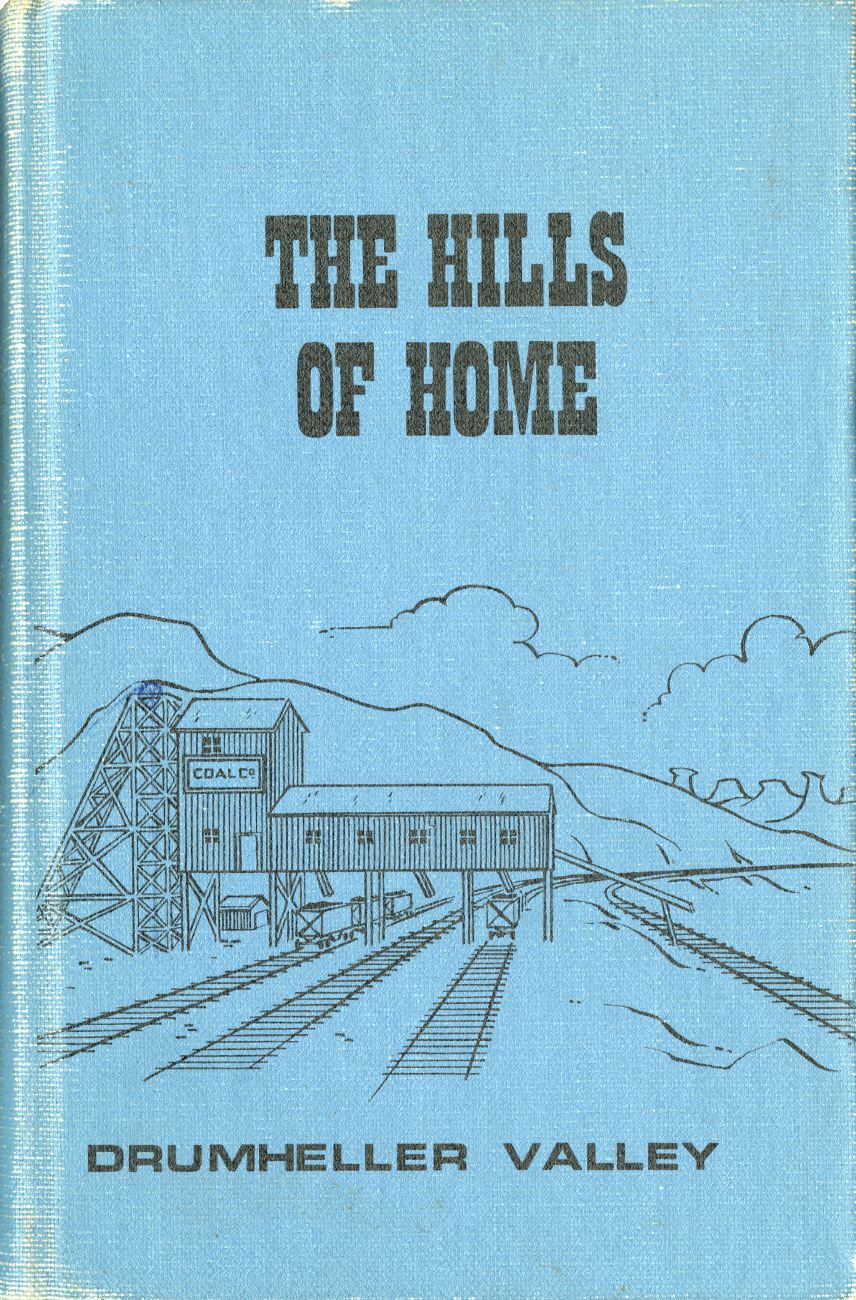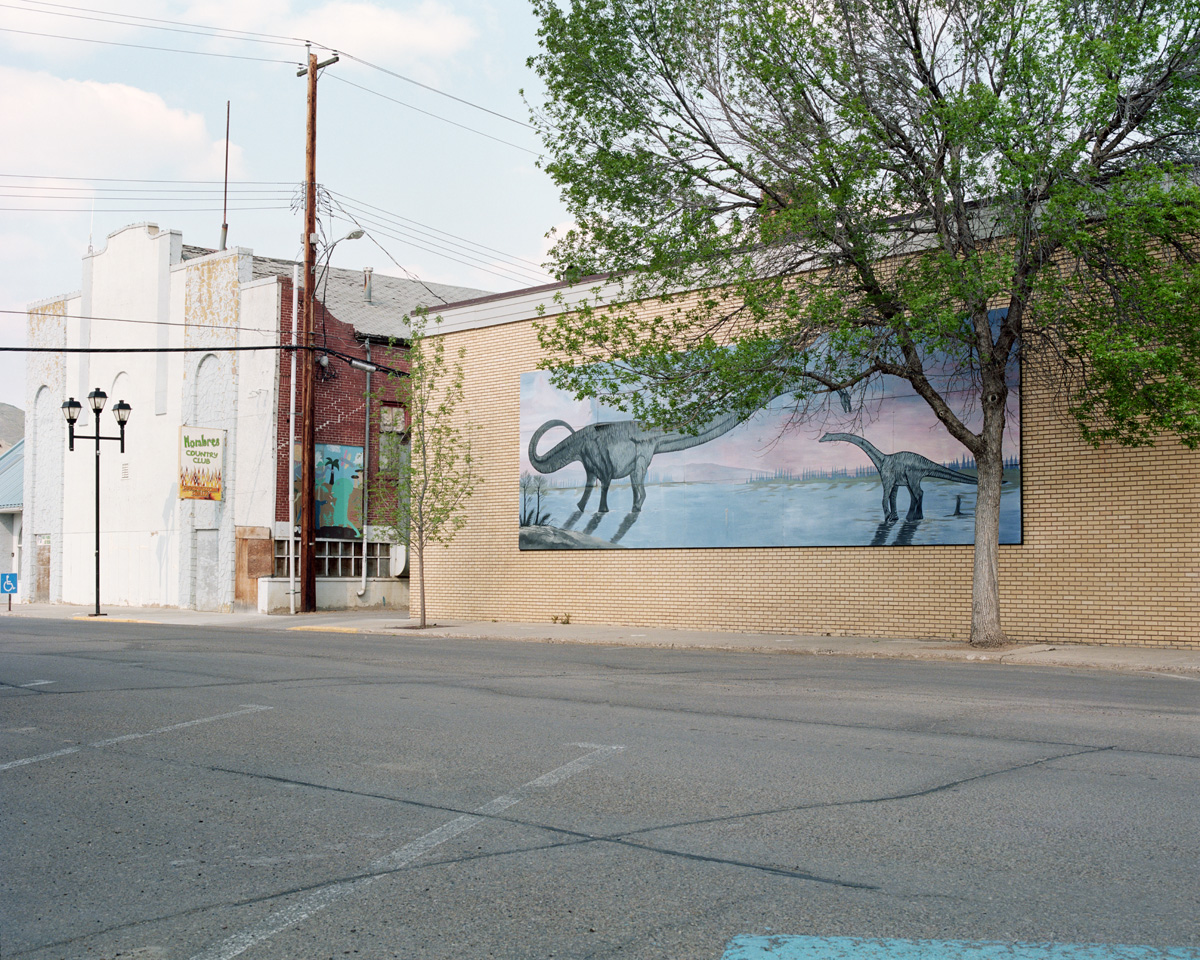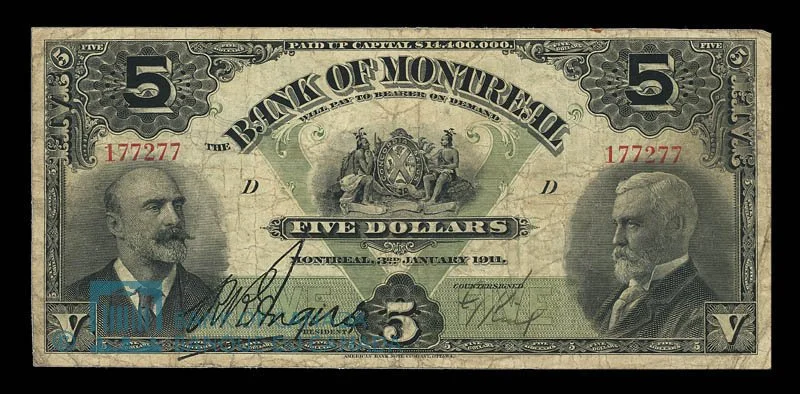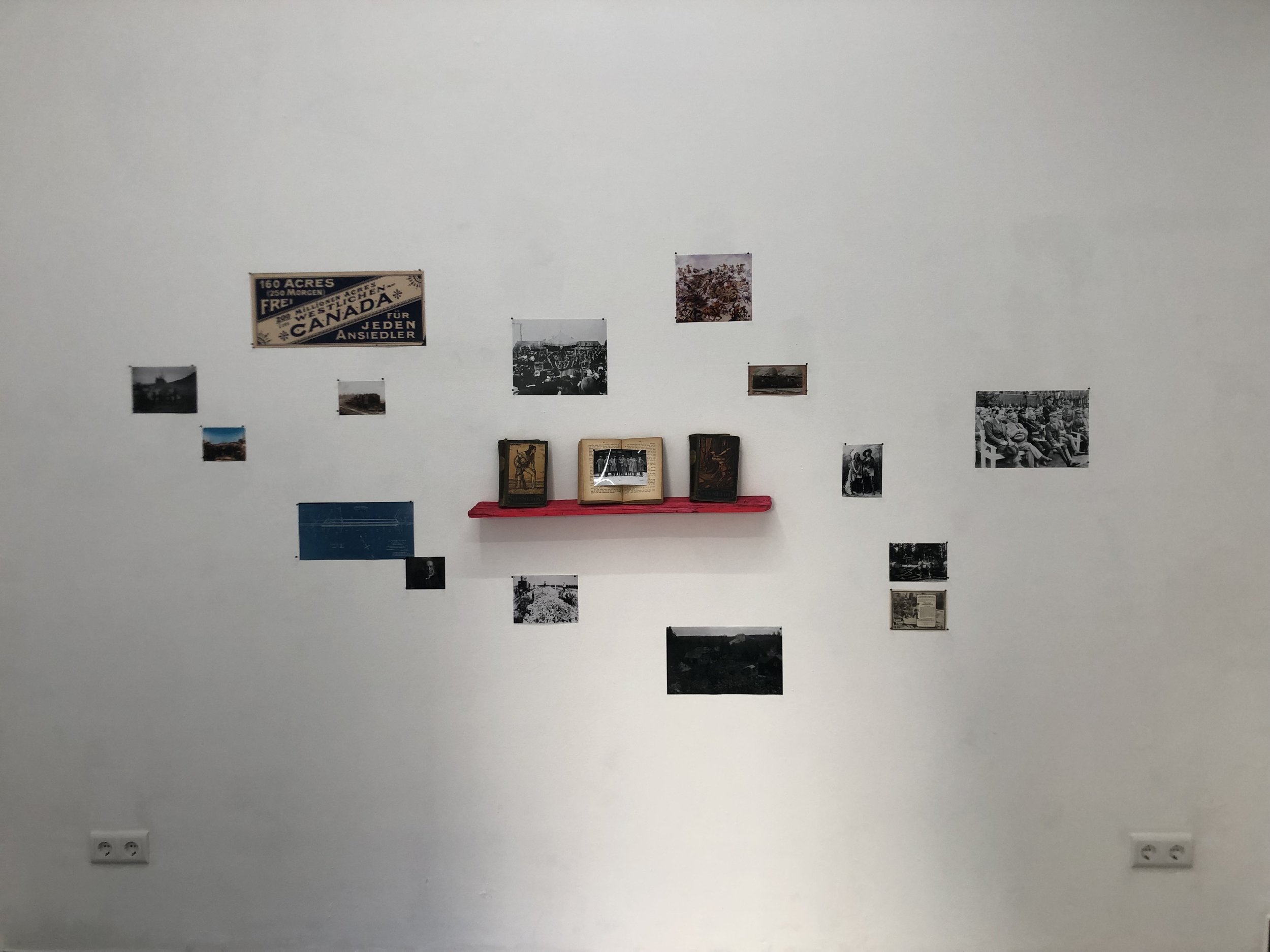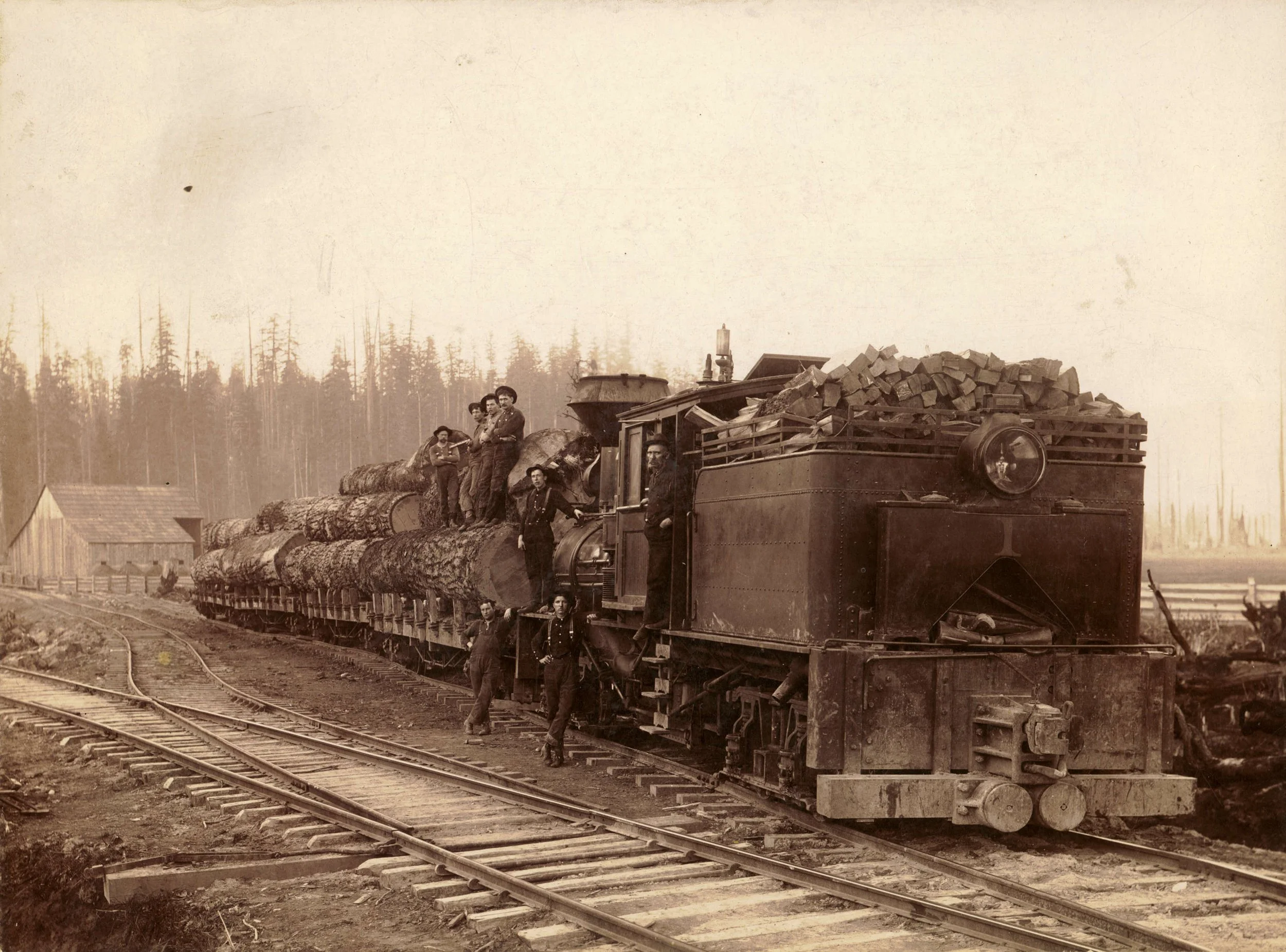Chapter 1: Hills of Home
The work I am currently pursuing is a ten year project which explores the double bind of imperial technologies (photography, cartography and the archives) by the Canadian settler colonial state. I investigate how these technologies were mobilized by the notion of Terra Nullius as to facilitate extractive industries and dispossess the Indigenous communities from their traditional territories. Subsequently, I am interested in how the same technologies are used within touristic infrastructure as to maintain the Canadian myth of nationhood. I am particularly concerned with the tensions between the use of natural imagery by the Canadian settler colonial state and its relationship to the Canadian economic model, centered on resource extraction. My aim is to critically examine how imperial technologies are used within these spaces to see how they perpetuate certain modernist views about land and progress.
The first piece, Hills of Home (2015-2019), produced partly during a practicum at The Banff Centre for The Arts, documented the economic transition from coal mining to paleontological-based tourism in the Dinosaur Valley around Drumheller, Alberta. The artworks from this project were made while keeping in mind the notion of accumulation and the idea of strata - creating an echo between how the artworks were made and the mineral and fossil deposit which allowed both economies to flourish.
Chapter 2: La Mer qui Meurt
The second, La mer qui meurt (The Dying Sea) (2019-2021), takes place in Gaspésie, Quebec and was my UQAM master’s research-creation with thesis project. It explores the economic transition from cod fishing to tourism through the example of the new touristic circuit of the Cod Route. This project was centered around the act of erasing and disappearance as it questioned how the loss of an actant, the Atlantic Cod, formulated the narrative by its absence.
Chapter 3: Into the Woods
The third and last chapter, Into the Woods (2021-2025) followed the relationship between the Canadian Pacific Railway and forestry economy.
